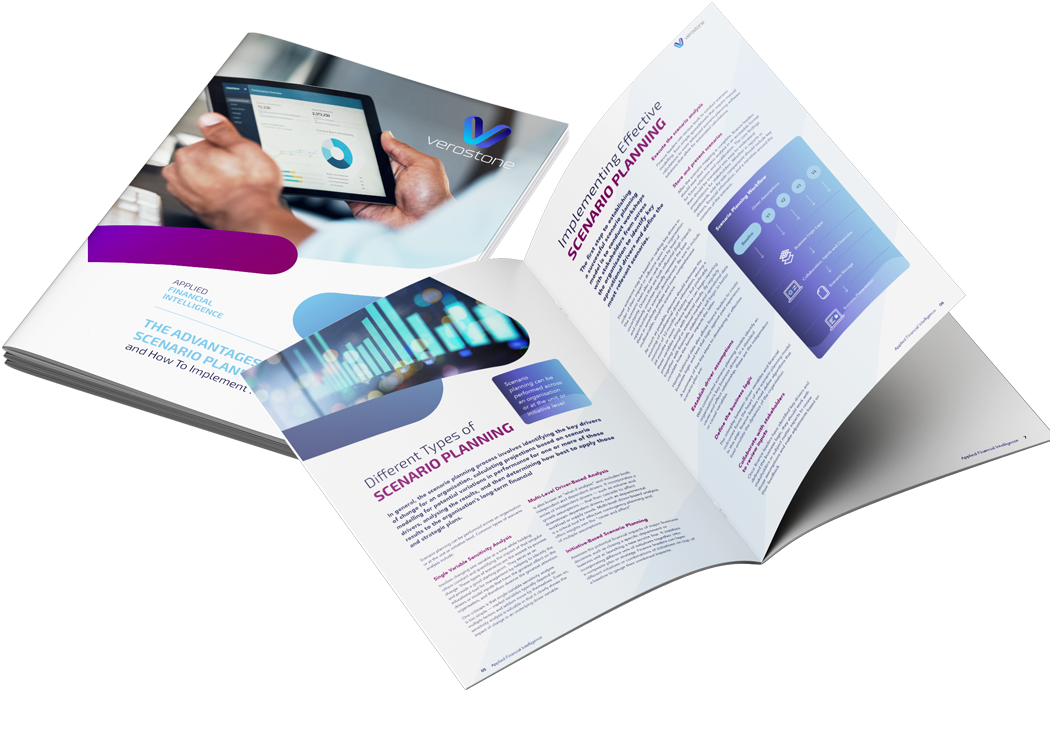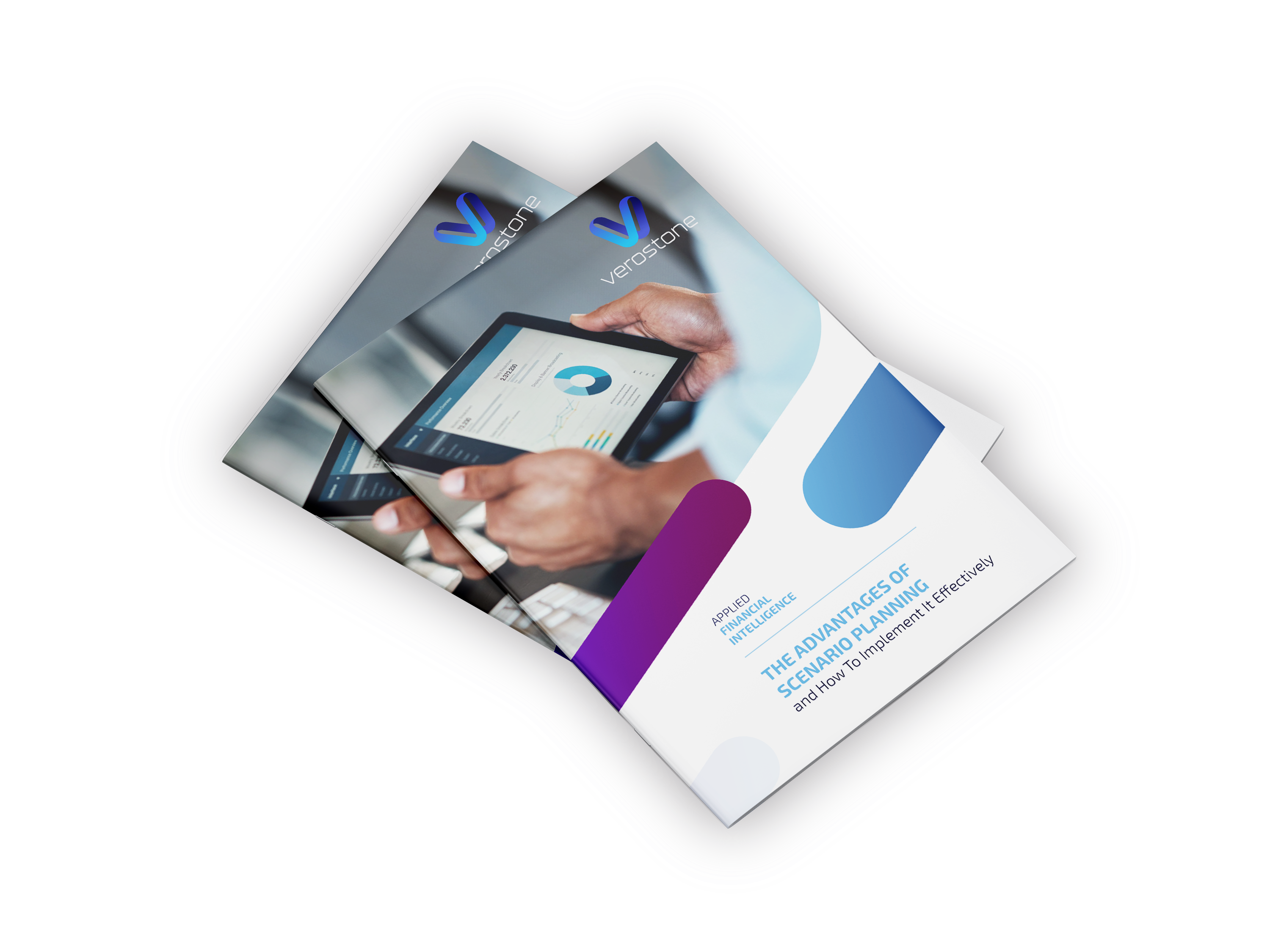
How prepared is your business to map multiple divergent futures and quickly adapt to shifting market conditions?
What we’ll be covering:
Scenario planning is a powerful learning tool that helps finance leaders better understand the influence of various factors in driving fluctuations in an organisation’s performance and overall financial health.
In our new eGuide, we look at some of the key benefits of well-executed scenario modelling, and how to get it right, including:
- Defining key drivers of organisational performance
- Quantifying the organisation’s sensitivity to these drivers
- Reducing or eliminating bias or aspirational thinking
- Testing a strategy’s strength and flexibility under changing conditions
- More effectively managing risk and uncertainty
- Producing higher quality strategic plans, budgets, and forecasts


Finance leaders can no longer rely on one-dimensional projections in planning for their organisation’s future.
Organisations need the ability to predict and quickly change course in response to shifting market or environmental forces.
Well thought-through scenario planning allows businesses to mitigate risk and prepare for the type of volatility that is increasingly becoming the norm. It accounts for inherent future uncertainties by quantifying the financial and operational implications of change and analysing a range of possible outcomes to facilitate proactive strategic planning.
Recent surveys across multiple industries have found that only around 50% of organisations planned to include scenario planning in their financial planning and analysis initiatives for the upcoming year. This indicates that too many finance leaders are still relying on traditional, single-scenario forecasting, limiting their ability to flex and respond to changing market dynamics.
In “The Advantages of Scenario Planning”, we explore how to implement effective scenario planning, including:
- Establishing driver assumptions and defining your business logic
- The difference between Single-Sensitivity, Multi-Level Driver, and Initiative-Based analysis
- Overcoming bandwidth constraints by streamlining the process
- Creating your scenario planning workflow
- Why spreadsheets are no longer fit for purpose as a planning and forecasting tool
To find out more, download the eGuide.
Download guide






